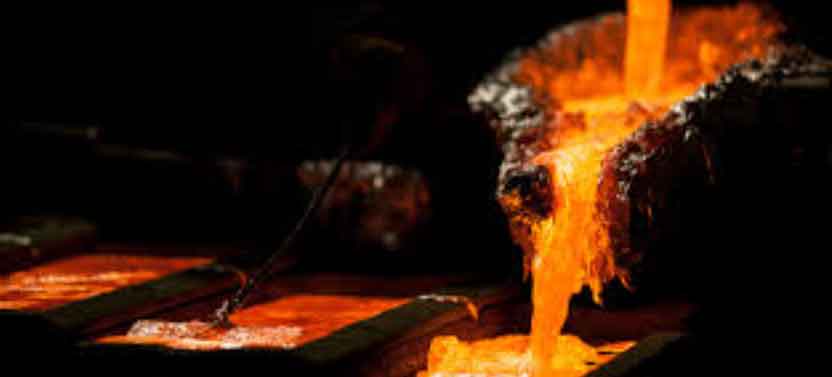
China is a global leader in the casting industry, known for its extensive manufacturing capabilities and significant contributions to various sectors. The country’s casting industry plays a crucial role in supplying components to automotive, aerospace, machinery, construction, and other industries worldwide. Here’s a comprehensive overview of the casting industry in China:
1. Size and Scale:
China’s casting industry is massive, with thousands of foundries spread across the country. The industry encompasses both large-scale state-owned enterprises and numerous small and medium-sized private companies. The total production volume of castings in China is among the highest globally.
2. Casting Processes:
China’s casting industry employs a wide range of casting processes to produce different types of components. The most common casting processes include sand casting, investment casting (lost wax casting), die casting (both aluminum and zinc), and permanent mold casting.
3. Materials and Alloys:
China’s casting industry produces castings in various materials and alloys, including iron, steel, aluminum, copper, zinc, and various non-ferrous metals. The industry’s capability to produce high-quality castings in diverse materials contributes to its versatility.
4. Automotive Industry:
The automotive industry is a significant consumer of castings in China. The country supplies a vast number of cast components to both domestic and international automakers, including engine blocks, cylinder heads, transmission components, and suspension parts.
5. Aerospace and Defense:
China’s casting industry also serves the aerospace and defense sectors, providing critical components for aircraft, rockets, and defense equipment. Precision castings are in demand to meet the stringent requirements of these industries.
6. Machinery and Equipment:
The machinery and equipment sector is another major consumer of castings in China. Cast components are widely used in construction machinery, agricultural equipment, industrial machinery, and power generation equipment.
7. Infrastructure and Construction:
China’s booming construction sector relies heavily on castings for infrastructure projects, including bridges, railways, pipelines, and buildings.
8. Export-Oriented Industry:
China is one of the world’s largest exporters of castings. Many foundries cater to global markets, supplying castings to industries in North America, Europe, Asia, and other regions.
9. Technological Advancements:
Chinese foundries have invested significantly in modernizing their facilities and adopting advanced technologies. Automation, digitalization, and robotics are being integrated into the casting process to enhance productivity and improve quality.
10. Environmental Concerns:
With a growing emphasis on environmental sustainability, China’s casting industry is gradually transitioning to more eco-friendly practices. Foundries are adopting cleaner production methods, energy-efficient technologies, and waste recycling initiatives.
11. Quality and Standards:
Chinese casting manufacturers are increasingly focusing on quality assurance and adhering to international standards. Many foundries have obtained ISO and other certifications to ensure the consistent quality of their products.
12. Global Competitiveness:
China’s casting industry faces global competition, especially from countries like India, Brazil, and Mexico. As a result, Chinese manufacturers are continually striving to improve their competitiveness by offering cost-effective solutions and maintaining high-quality standards.
In summary, China’s casting industry holds a dominant position globally, owing to its vast production capacity, diverse capabilities, and competitive pricing. As the country continues to advance technologically and prioritize sustainability, the casting industry in China is poised to play an even more significant role in supplying cast components to various industries around the world.
